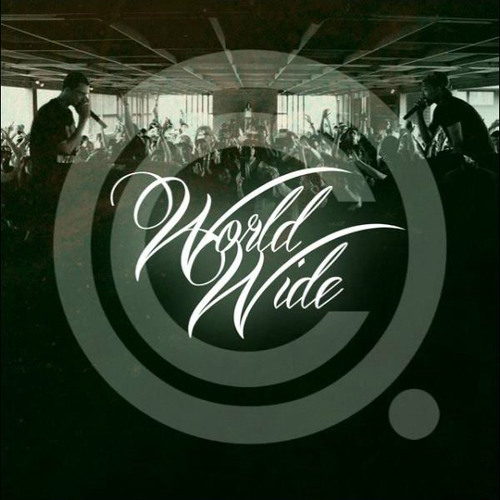
It influenced the design of buildings, furniture, jewelry, fashion, cars, cinemas, trains, ocean liners, and everyday objects such as radios and vacuum cleaners. It took its name, short for Arts Décoratifs, from the Exposition internationale des arts décoratifs et industriels modernes (International Exhibition of Modern Decorative and Industrial Arts) held in Paris in 1925. Īrt Deco combined modern styles with fine craftsmanship and rich materials. During its heyday, it represented luxury, glamour, exuberance, and faith in social and technological progress.įrom its outset, Art Deco was influenced by the bold geometric forms of Cubism and the Vienna Secession the bright colours of Fauvism and of the Ballets Russes the updated craftsmanship of the furniture of the eras of Louis Philippe I and Louis XVI and the exoticized styles of China, Japan, India, Persia, ancient Egypt and Maya art. It featured rare and expensive materials, such as ebony and ivory, and exquisite craftsmanship. The Empire State Building, Chrysler Building, and other skyscrapers of New York City built during the 1920s and 1930s are monuments to the style. In the 1930s, during the Great Depression, Art Deco became more subdued. New materials arrived, including chrome plating, stainless steel and plastic.

A sleeker form of the style, called Streamline Moderne, appeared in the 1930s, featuring curving forms and smooth, polished surfaces.

20 Art Deco architecture around the worldĪrt Deco took its name, short for arts décoratifs, from the Exposition Internationale des Arts Décoratifs et Industriels Modernes held in Paris in 1925, though the diverse styles that characterised it had already appeared in Paris and Brussels before World War I.Īrts décoratifs was first used in France in 1858 in the Bulletin de la Société française de photographie.ĥ International Exhibition of Modern Decorative and Industrial Arts (1925).2.2 Vienna Secession and Wiener Werkstätte (1897–1912).2.1 Society of Decorative Artists (1901–1945).Art Deco is one of the first truly international styles, but its dominance ended with the beginning of World War II and the rise of the strictly functional and unadorned styles of modern architecture and the International Style of architecture that followed. In 1868, the Le Figaro newspaper used the term objets d'art décoratifs for objects for stage scenery created for the Théâtre de l'Opéra.


 0 kommentar(er)
0 kommentar(er)
